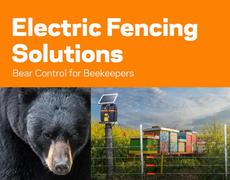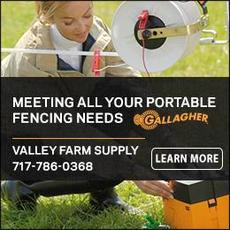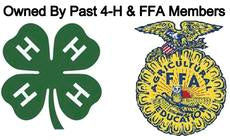When most people think of livestock scales they think of cattle scales. However, these scales, depending on their design and features, are also used in other types of livestock farming. Hogs, horses and even goats are commonly weighed on livestock scales both at farms as well as in other areas.
There are a few considerations to keep in mind when considering livestock scales for small or large farms. Since these are an investment, it is a good idea to take your time and look at the various brands, models and designs and consider how they will work with your current livestock handling system and setup.
Stationary or Portable
Depending on your individual need and operation the decision to utilize portable or stationary livestock scales is important. The need to weigh the individual animals or a group of animals can greatly determine what type of scale system is needed for the farming operation.
Portable Livestock scales options are available for alley weigh and squeeze chutes. These allow the operator the flexibility of quickly setting up a weighing location around the livestock operation. Converting your squeeze chute into a livestock scale system is easily done by mounting load cells under the squeeze chute. Setting up an alley way by placing a light weight portable platform scale inside the alley way makes it easy to capture the weight of an animal without the hassle of relocating them just to achieve weight records. These portable livestock scales can be utilized on level unimproved surfaces such as gravel.
Stationary livestock scales allow for capturing a group weight of animals. A stationary livestock scale may also include a customized platform with gates to contain the group of animals, allowing the farmer to corral the group of animals and record an average daily weight gain. Typically stationary livestock scales are mounted on concrete footings on a level surface.
Getting Information from Livestock Scales
The technology in livestock scales, today, allows these devices to be much more than just weighing equipment. Different models and different brands will offer time and data entry saving options when it comes to recording, tracking and storing information on the animals for production monitoring.
The more advanced types of livestock scales are compatible with herd management software to automatically keep all your records up to date. In addition, some of these models also allow for integration of EID readers, ensuring the special animal is identified by the scale and the data entered in a fully automatic way without the need for the operator to manually select the animal identification through lists in spreadsheets or software packages.
The more technology integrated in livestock scales allows for quick capturing of data during high volume operations. The ability to capture that data within 5 seconds as compared to 15 seconds can make the difference of a normal day of running livestock over a scale to an extended long day. For example running 1000 head of cattle over a livestock chute scale with a difference of 10 seconds per animal can save the farmer nearly three hours of labor in one day.








